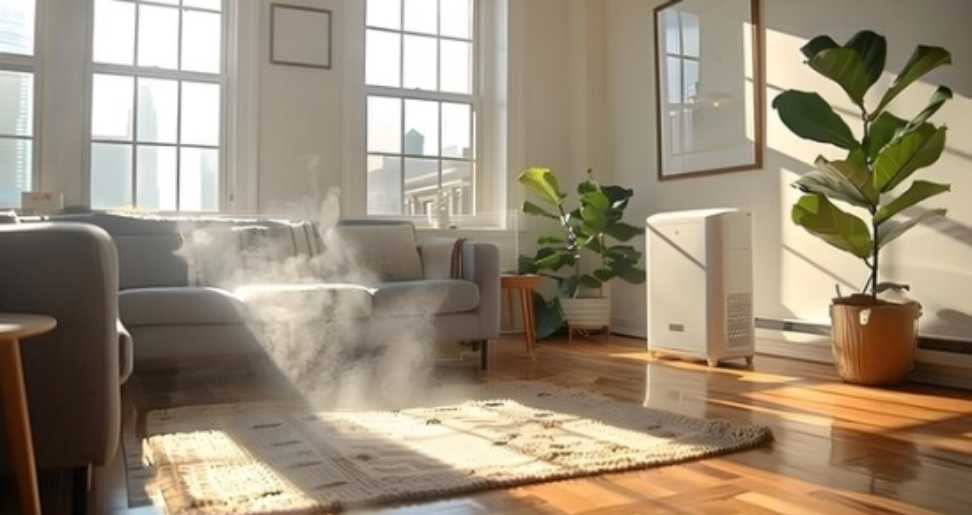Indoor air pollution is a growing concern, especially as we spend more time indoors. Poor air quality can lead to various health issues, including respiratory problems, allergies, and even long-term diseases. Fortunately, there are effective solutions to reduce indoor air pollution and improve the quality of the air we breathe. This article will explore practical strategies to combat indoor pollutants, the importance of ventilation, and the role of systems like a radon mitigation system in maintaining a healthy home environment.
Understanding Indoor Air Pollution
Indoor air pollution can arise from various sources, including household products, cooking, heating, and even outdoor pollutants that enter your home. Common indoor pollutants include volatile organic compounds (VOCs), dust, mold, pet dander, and smoke. These pollutants can accumulate in the air and pose health risks, particularly for vulnerable populations such as children, the elderly, and individuals with pre-existing health conditions. Understanding the sources of indoor air pollution is the first step toward implementing effective solutions.
Choosing Safe Household Products
The products we use in our homes can significantly contribute to indoor air pollution. Many cleaning supplies, paints, and personal care products release VOCs that can irritate the respiratory system and contribute to poor air quality.
Regular Cleaning and Maintenance
Regular cleaning and maintenance are essential for reducing indoor air pollution. Dust and allergens can accumulate on surfaces, contributing to poor air quality.
Establish a consistent cleaning routine that includes vacuuming with a HEPA filter vacuum, dusting surfaces, and washing bedding and curtains regularly. Pay special attention to areas where dust and allergens tend to accumulate, such as carpets, upholstery, and air vents. Keeping your home clean can significantly improve indoor air quality and reduce the presence of harmful pollutants.
Implementing a Radon Mitigation System
Radon is a colorless, odorless gas that can accumulate indoors and pose serious health risks, including lung cancer. Testing for radon levels in your home is crucial, especially if you live in an area known for high radon concentrations. If elevated levels are detected, implementing a radon mitigation system can effectively reduce radon levels in your home. These systems typically involve venting radon gas from beneath the foundation and directing it outside, preventing it from entering living spaces. By addressing radon exposure, you can significantly improve your home’s air quality and protect your health.
Utilizing Air Purifiers
Air purifiers can be an effective tool for reducing indoor air pollution. These devices work by filtering out pollutants, allergens, and particles from the air, providing cleaner air for you and your family. When choosing an air purifier, look for models equipped with HEPA filters, which can capture 99.97% of particles as small as 0.3 microns. Additionally, consider purifiers with activated carbon filters to help eliminate odors and VOCs. Place air purifiers in high-traffic areas and bedrooms to maximize their effectiveness.
Conclusion
Reducing indoor air pollution is essential for maintaining a healthy living environment. By understanding the sources of indoor pollutants and implementing effective solutions, you can significantly improve the air quality in your home. Improving ventilation, choosing safe household products, and maintaining a regular cleaning routine are crucial steps toward cleaner air. Additionally, addressing specific concerns like radon exposure through a radon mitigation system can further enhance your home’s air quality. Investing time and effort into reducing indoor air pollution will lead to a healthier, more comfortable living space for you and your family. Prioritize your indoor air quality today, and enjoy the long-term benefits of a cleaner, safer home.
Have A Look :-
- Unleash Your Creativity: A Guide to the TikTok Creative Center
- Facebook Marketplace Scams: How to Spot and Avoid Them Like a Pro
- The Mahadev Betting App: A Web of Deception, Money Laundering, and Political Turmoil

